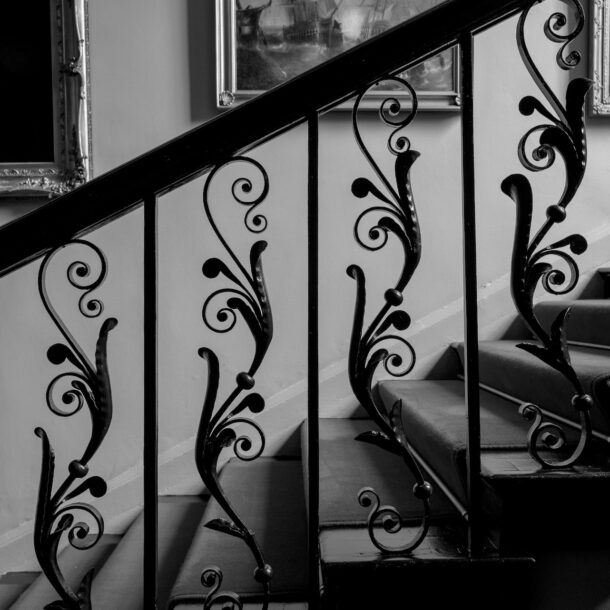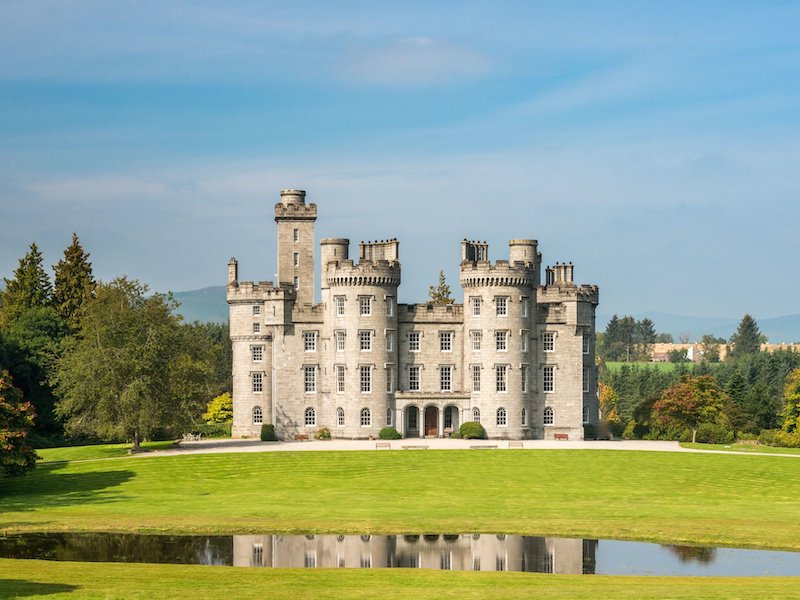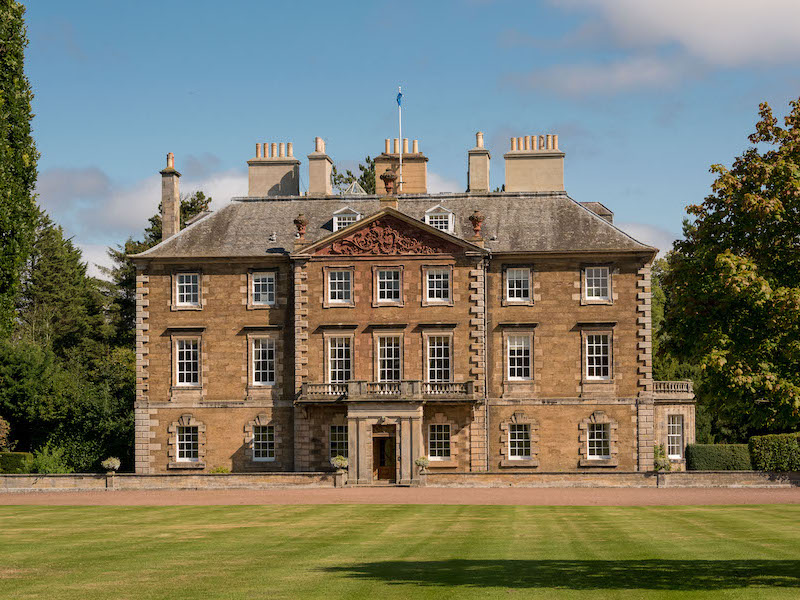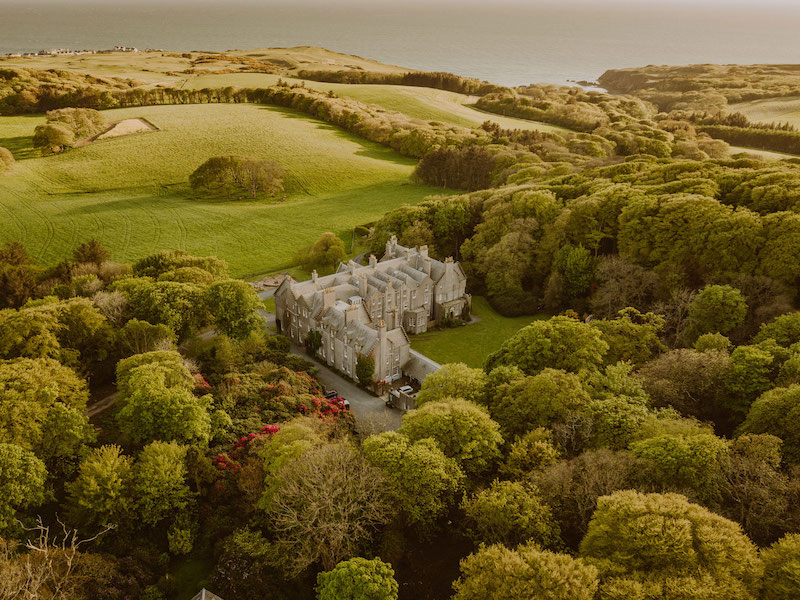

Close

Throughout history, magnificent structures have dotted the British and Irish landscape, each bearing unique architectural and historical significance. Among these grand works, castles, manor houses, and country estates stand out as prime examples of human creativity and ambition. While these terms are often used interchangeably, they possess distinctive characteristics that set them apart. In this article, we delve into the differences between castles, manor houses, and country estates, shedding light on their individual features and roles in society.
Castle:
A castle is an imposing fortification, typically constructed during the medieval period for defensive purposes. Castles often feature thick stone walls, tall towers, and battlements that project an aura of strength and security. Historically, castles served as military strongholds, providing protection to their inhabitants during times of conflict. They were strategically positioned in strategic locations, such as hilltops or near water bodies, allowing for enhanced defensive capabilities. Castles were also home to feudal lords and their families, housing not only living quarters but also administrative spaces, great halls, and courtyards.

Cluny Castle
Manor House:
In contrast to castles, manor houses emerged during the late medieval and early modern periods and were primarily associated with the landed gentry. A manor house served as the residence of a wealthy landowner, typically a lord or a nobleman. Unlike castles, manor houses were designed with a focus on comfort and domestic life rather than defense. Manor houses often featured elegant architecture, beautiful gardens, and luxurious interiors, showcasing the social status and wealth of their owners. They were usually surrounded by an estate that encompassed farmland and other productive assets, ensuring the self-sufficiency of the household.

Gilmerton House
Country Estate:
A country estate refers to a large rural property, encompassing not only the main residence but also extensive land holdings. Estates were often owned by the nobility or wealthy individuals and served as private retreats away from urban centers. Country estates encompassed not only the manor house but also vast expanses of land, including agricultural fields, forests, lakes, and gardens. These properties played a significant role in land management and agricultural production, employing numerous workers to maintain the estate’s productivity. Country estates were also venues for social gatherings, hunting, and other recreational activities.

Dunskey Estate
Distinguishing Features:
The key differentiating factors between these structures lie in their historical context, architectural design, and purpose. Castles prioritize defense, featuring robust fortifications and military elements. Manor houses, on the other hand, emphasize comfort, elegance, and the display of wealth. They were places of residence and centers of estate management. Country estates encompass both the residence and extensive land, serving as productive and recreational spaces.
While castles, manor houses, and country estates all hold their place in history and architectural splendor, each possesses distinct characteristics that set them apart. Castles evoke images of medieval might and strategic defense, manor houses exude opulence and elegance, and country estates encompass vast rural landscapes and agricultural productivity. Understanding these differences allows us to appreciate the diverse roles and contributions these structures made to society and the cultural heritage they represent.
Storied Collection
